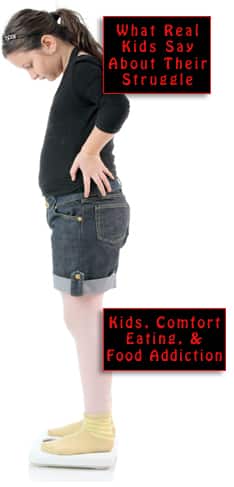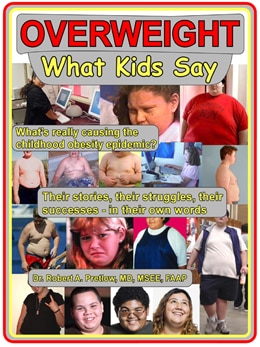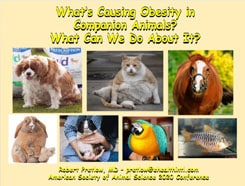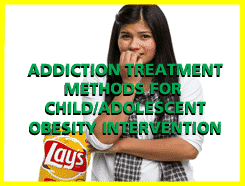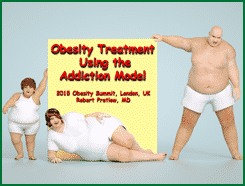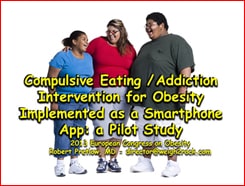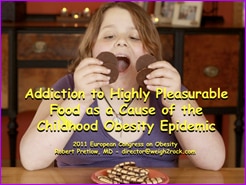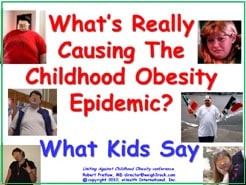
As mentioned in a recent post, the NOVA system classifies ultra-processed foods according to their potential to do harm. The term (shortened to UPF) was brought into the mainstream by Carlos Monteiro, a Brazilian epidemiologist.
In the early 1970s, curious about why so many people were both obese and malnourished, he learned that his fellow citizens were at the same time buying less “fattening” grocery items like sugar, oil, and salt, and none of it made sense. In 2009, he published a research paper, writes newyorker.com journalist Dhruv Khullar, M.D.,…
[…] suggesting that something very bad had happened when industrial food systems started churning out cheap, convenient, and tempting foods. He argued that scientists should classify foods by their most unnatural ingredients and by their means of production.
Group 1 foods are as basic as it gets, either minimally processed or left alone, and the examples given are nuts, eggs, vegetables, and pasta. Group 2 includes stuff you put on or in those basic foods: butter, salt, oil, sugar, etc. The combination of the two is labeled Group 3, food that is technically somewhat processed, but not necessarily unhealthful.
But then comes the great leap into Group 4 where anything goes, including the examples given here — “modified cornstarch, whey-protein concentrate, xanthan gum, and disodium phosphate” — to name just a few of the possibilities, and there are hundreds. These are the additives now required to be listed on product labels and scrutinized with a magnifying glass.
Khullar explains the next stage thusly:
The ingredients of a Group 4 meal tend to be created when foods are refined, bleached, hydrogenated, fractionated, or extruded — in other words, when whole foods are broken into components or otherwise chemically modified. If you can’t make it with equipment and ingredients in your home kitchen, it’s probably ultra-processed.
It took a while for Monteiro’s theory to catch on. Eventually in 2015, researcher Kevin Hall, of the National Institutes of Health Clinical Center, got interested. He had been working with contestants from “The Biggest Loser” and saw an opportunity to understand more about obesity, which was becoming a national concern of immense proportions.
Hall recruited 20 subjects to spend a month at the Center, closely watched, on a minimally processed diet for half the time and an ultra-processed diet the other half. With the former, they tended to lose a pound per week, and with the latter, to gain a pound per week. Of course weight gain and loss were not the only factors the team tracked.
One important observation was that dehydration necessarily concentrates the ingredients of a product and makes it energy-dense. The hyper-palatability factor (irresistible taste) showed up as pretty important. Many interesting details were revealed. For example:
The occasional whole egg, which contains more than half the daily recommended dose of cholesterol, might be preferable to packaged liquid eggs, which are protein-rich and sometimes cholesterol- and fat-free, but often contain preservatives and emulsifiers.
Then Harvard University scholars performed a massive study of 200,000 people’s eating habits, and reclassified ultra-processed foods into 10 subgroups. Eventually they came up with contradictory and puzzling conclusions:
Two types of ultra-processed foods (sugary sodas and processed meats) increased people’s risk of cardiovascular disease, but three types (breads and cold cereals, certain dairy products such as flavored yogurts, and savory snacks) seemed to decrease their risk. Another five didn’t appear to affect it at all.
The end results were not very definitive, but did inspire an official warning against processed meats. Meanwhile another expert, Prof. Alan Levinovitz, defined the whole research effort as a waste of time and money: “We already know why populations are gaining weight: ubiquitous, cheap, delicious, calorie-dense foods.” Dr. Khullar, meanwhile, summed up his article with words from Michael Pollan’s 2008 book, In Defense of Food:
Eat food. Not too much. Mostly plants.
Your responses and feedback are welcome!
Source: “Why Is the American Diet So Deadly?,” NewYorker.com, 01/06/25
Image by johnhain/Pixabay

 FAQs and Media Requests:
FAQs and Media Requests: 